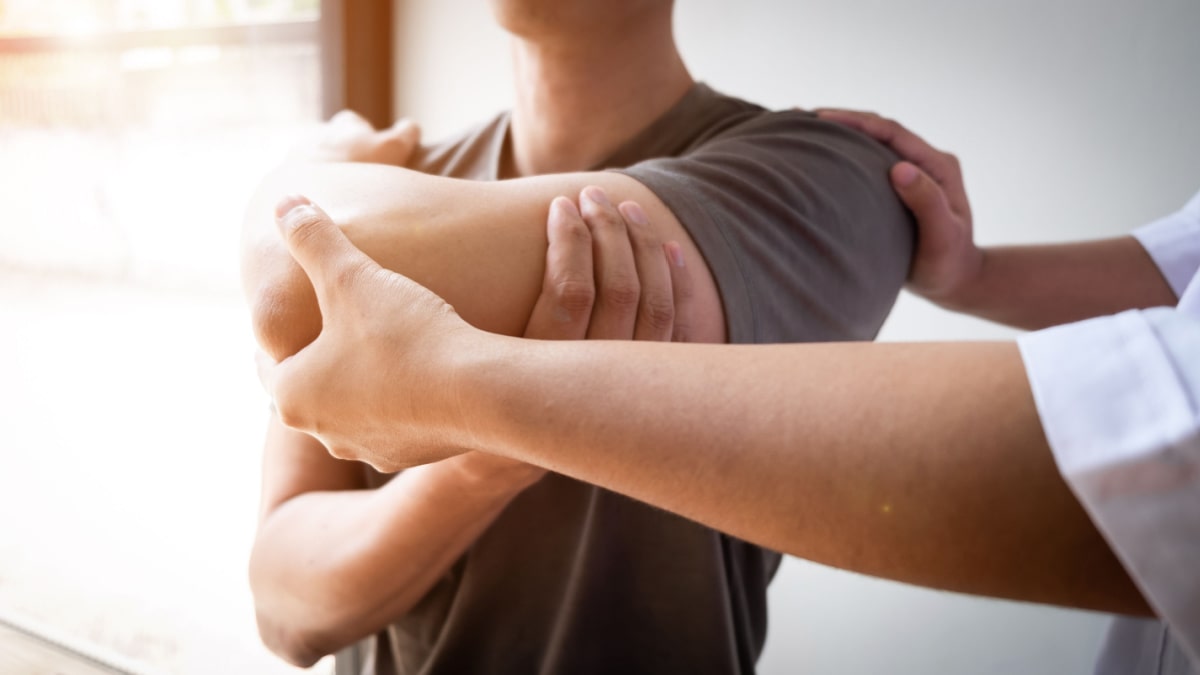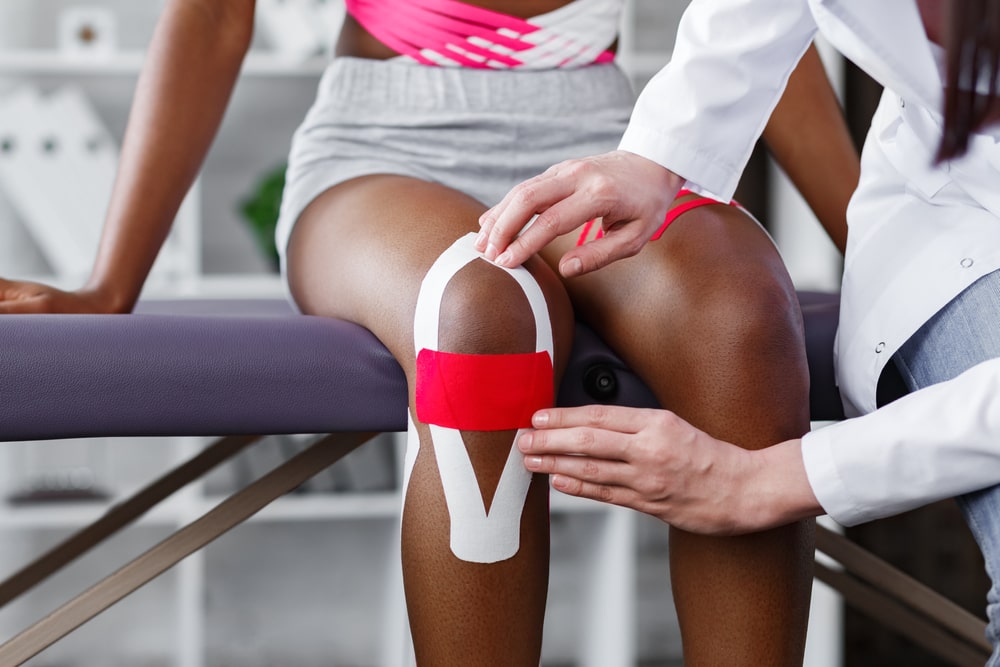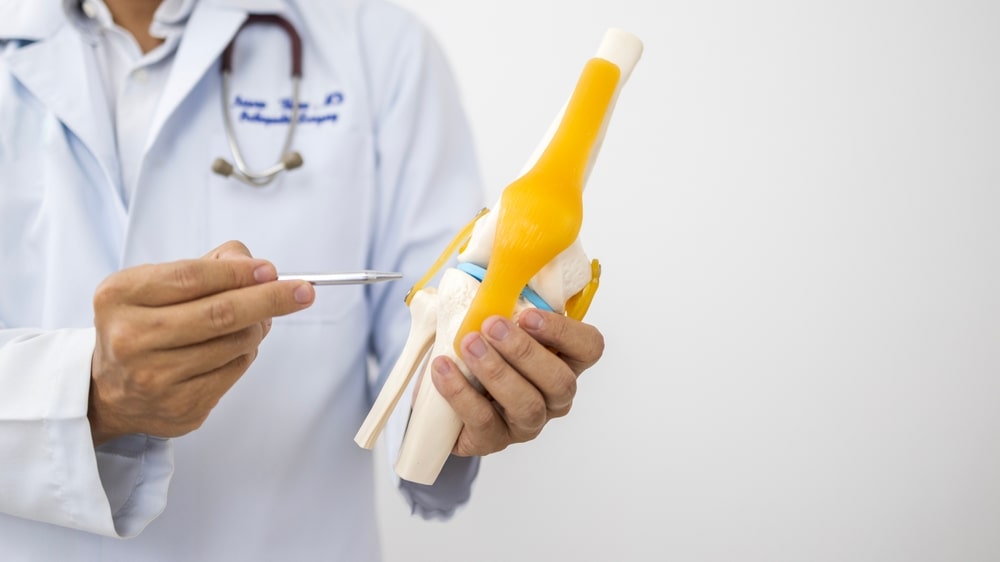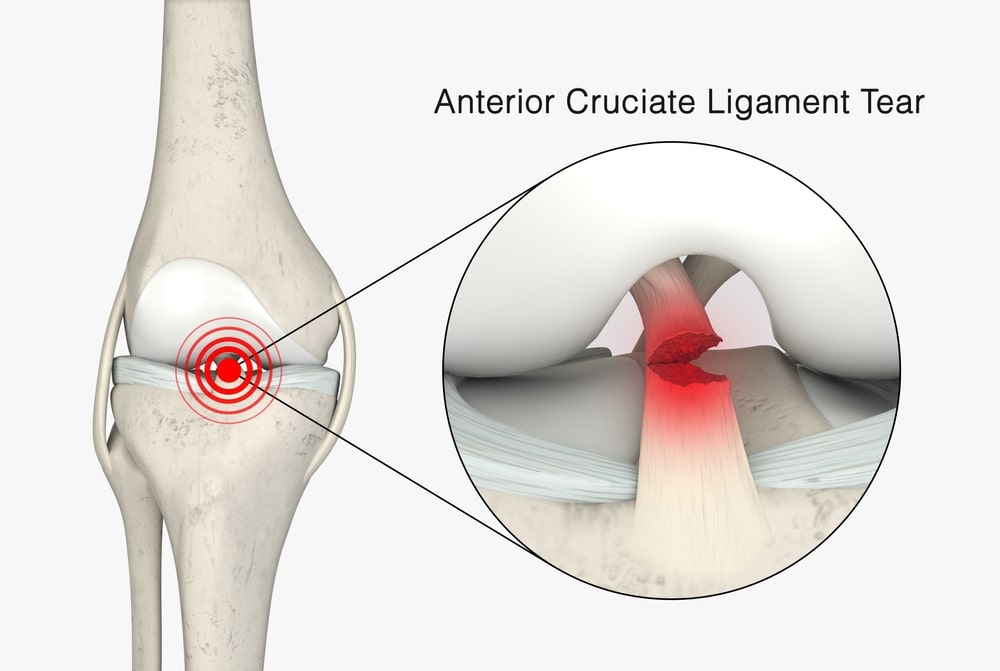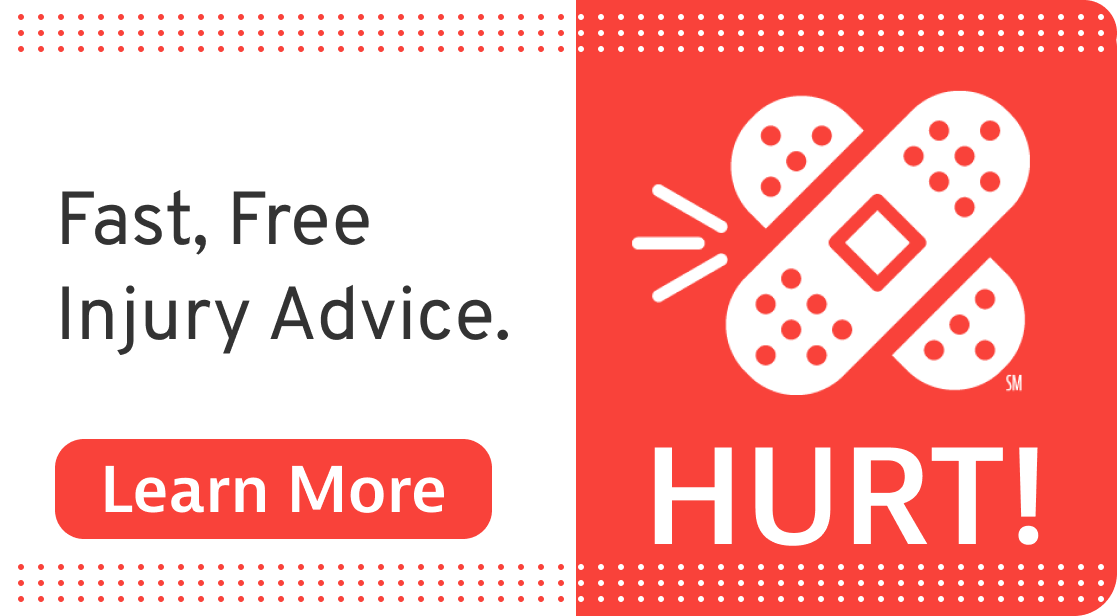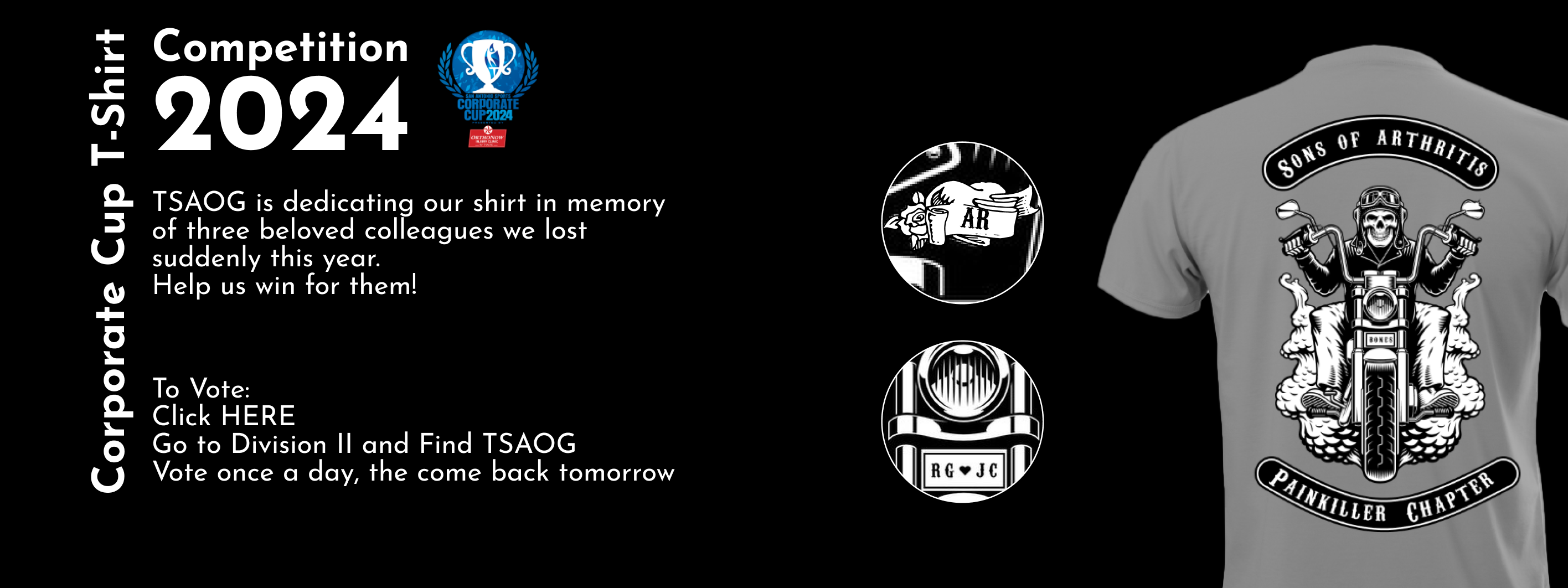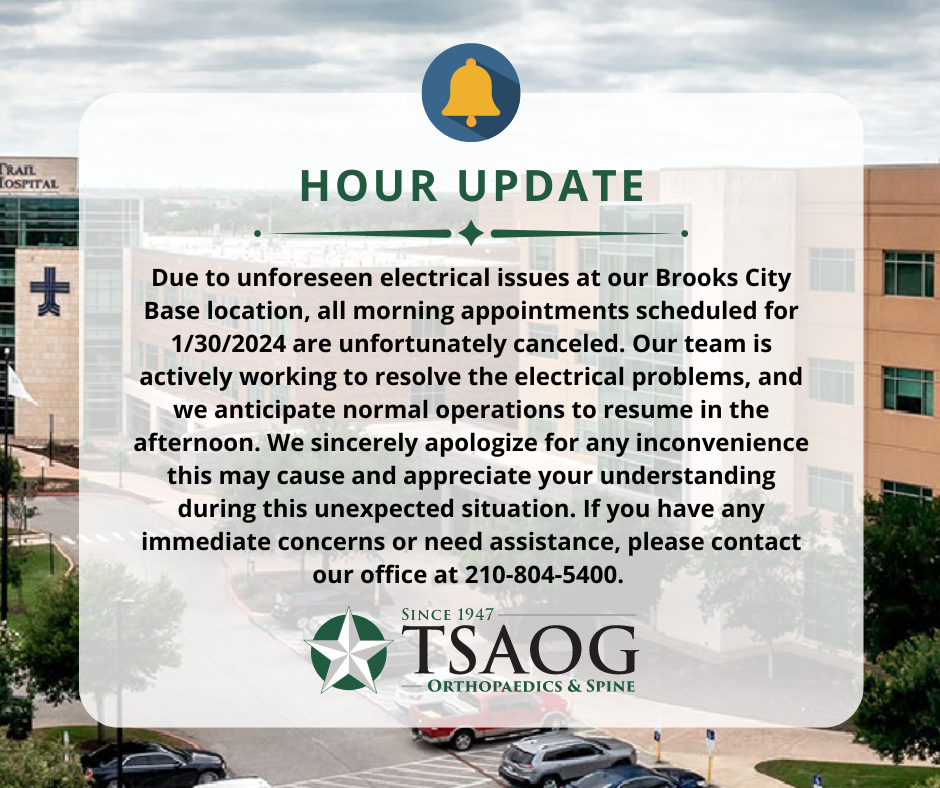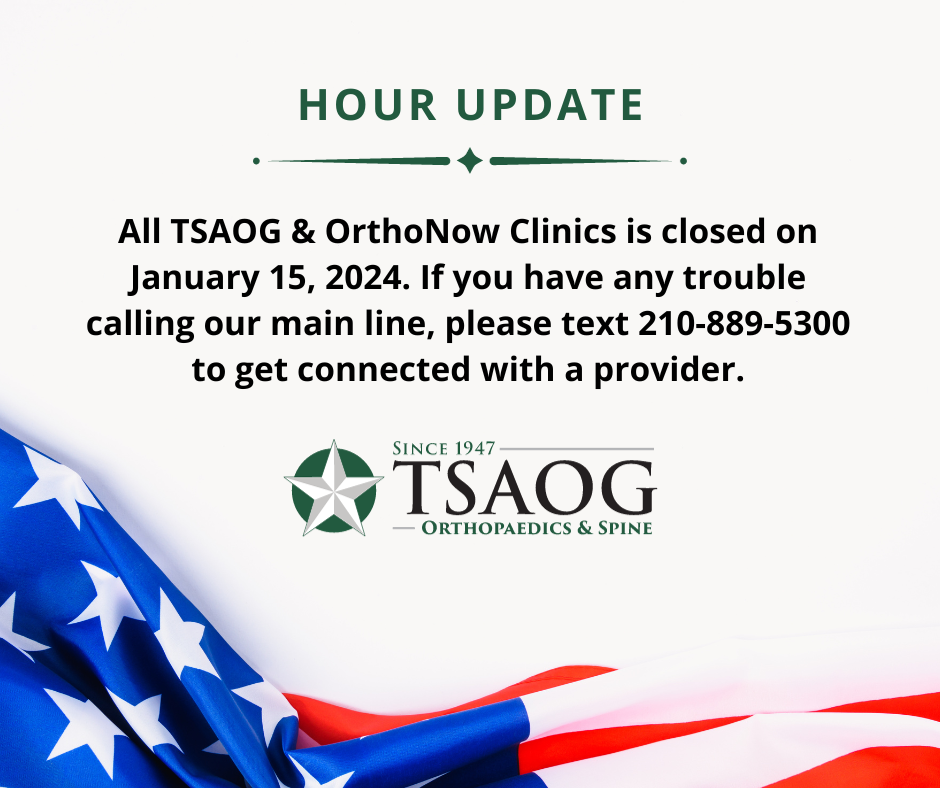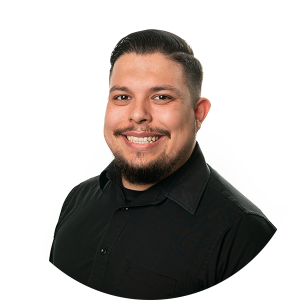The rotator cuff is made up of a group of muscles and tendons that hold your shoulder joint in place and allow you to rotate your arm and shoulder safely. Injuries to the rotator cuff can occur when these muscles and tendons get irritated or damaged. These injuries can happen suddenly if the muscles are overused or can develop over long periods of time due to repetitive activities. Some indicators of a rotator cuff injury include pain when extending your arm over your head and having a weakness or pain around your shoulder while sleeping. Rotator cuff injuries can be identified through imaging tests such as x-rays and MRIs. If you experience these symptoms, then you might be a candidate for rotator cuff surgery.
What to know and expect before rotator cuff surgery
An orthopedic surgeon will recommend rotator cuff surgery for patients after alternatives to surgery like rest and physical therapy have been administered. Some common symptoms for rotator cuff surgery candidates include having the injury for a period longer than six months, having an intense pain that interrupts sleeping or limits daily activities, and having little to no success after trying alternative treatment options.
There are three different types of surgeries that a surgeon could recommend to fix a rotator cuff injury. The first are Arthroscopic repairs in which the surgeon makes a small incision near the rotator cuff and uses a camera to help guide tools to repair the damaged muscles. The second are Open repairs. These repairs are an invasive procedure where the surgeon detaches parts of the shoulder muscle in order to repair the tissue underneath. These repairs are only used in severe injuries. The third is a Mini-open repair which combines techniques of Arthroscopic repairs and Open repairs.
What to prepare before rotator cuff surgery surgery
Preparing for a rotator cuff surgery can involve reducing or stopping certain medications prior to the date of surgery. These can include supplements or over the counter medications such as aspirin or ibuprofen. Another way to prep before having rotator cuff surgery is to have a plan with your physical therapy team. Rehabilitation is an important factor in the success of the surgery. So planning and setting the proper regiment beforehand can only produce more successful results. Lastly, making sure that you have the proper care at home after the surgery takes place can be beneficial because daily activities can be limited a few days after surgery.
Every patient and injury is different, so it is important to follow the instructions that your surgeon has laid out for you.
Looking for a Shoulder Specialist in the San Antonio, TX Area?
What to know and expect after rotator cuff surgery
After the surgery, it is common for patients to feel pain for a few days depending on which type of surgery they have. Some of the main things to look out for are if there is any numbness, increased pain, or swelling around the operated arm. If so, contact your medical provider to discuss further treatment. It is also important not to overuse or put too much stress on the operated arm. This can lead to undesired results or a reevaluation of the rotator cuff. In most cases, depending on the severity of the injury and which technique of surgery was used, patients can be sent home on the same day of their surgery.
What to do after rotator cuff surgery
Some of the main things to do after a rotator cuff surgery can involve taking medications such as pain relievers to help with some of the pain that you may feel from the surgery. Most patients are also sent home in an arm sling to help immobilize their arm and prevent strenuous movements. It is important to wear this as long as your doctor recommends, which is typically between 4 to 6 weeks after the surgery. Some patients also feel icing the operated arm can help deal with some of the pain they may feel in the following days of the surgery. This shouldn’t be done for more than 20 minutes at a time. While strenuous movements should be limited, it is very important to not completely immobilize your arm. Physical therapy sessions and using the operated arm in daily activities will be essential to having successful results from the surgery. This is the best way to regain the strength and range of motion in your rotator cuff. These exercises generally start small but work up to be more intense as your recovery progresses.
It is important to follow the direction of your physical therapist and doctor. Patients are always vulnerable to re-injuring their rotator cuff after surgery. So it is important to have patience and consult with either your physical therapist or doctor if you feel uncomfortable with your level of progress.
